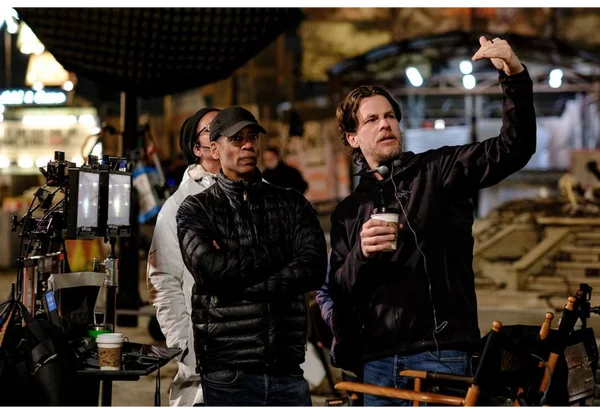
Can Tax Incentives Revive Hollywood’s Golden Era? California’s High-Stakes Gamble
In a bold move amid California's mounting budget challenges, Governor Gavin Newsom is pushing for a major expansion of tax credits to bolster the state's iconic film industry. As Hollywood grapples with declining production and fierce competition, this proposal raises questions about balancing economic recovery with fiscal responsibility. With thousands of jobs at stake, the outcome could reshape not just Tinseltown, but the broader U.S. entertainment landscape.
Newsom's plan aims to more than double the state's film and television tax credits from $330 million to $750 million annually, a policy initially introduced by former Governor Arnold Schwarzenegger in 2009. Facing a $12 billion budget deficit, the governor is advocating for these incentives as essential for reviving an industry he describes as "on life support." Critics, however, including Democrats like Assemblymember Corey Jackson and Republicans such as Assembly Republican Leader James Gallagher, call it tone-deaf, arguing that cuts to health care, education, and social services should take precedence. "I'm not sure the rest of California will be OK with their programs being cut to prop up a regional industry," Jackson remarked, highlighting the tension between Hollywood's needs and statewide priorities.

The push gains momentum through stories like that of producer Jonathan Nolan, whose hit series 'Fallout' has become a poster child for bringing production back to California. After filming the first season in New York and abroad, Nolan relocated the second season to Santa Clarita, partly lured by $25 million in state rebates. He opened his set to lawmakers, showcasing how the show employs hundreds of local workers. "Everything you see here is made by teams of people right here in California," Nolan said, urging studios to follow suit. This shift underscores the real impact of incentives, even as production has dropped 30% in recent years due to pandemics, strikes, and wildfires.
Support from unions like SAG-AFTRA further amplifies the cause. At a recent event in Los Angeles, SAG-AFTRA leaders, including Secretary-Treasurer Joely Fisher, rallied with Mayor Karen Bass and lawmakers to advocate for both state and federal tax relief. Bass emphasized the ripple effects: "This isn't just about show business; it's about caterers, florists, and tailors whose livelihoods depend on it." Despite warnings from experts like USC professor Michael Thom that such programs often fail to deliver net economic gains, proponents cite studies showing job creation and revenue generation.

Yet, as California competes with states like Georgia and New York, which offer more generous incentives, there's a risk of a 'race to the bottom.' Newsom's proposal, advancing through the legislature with strong backing from unions and donors, could appeal to his Hollywood supporters but might alienate voters elsewhere. Political science professor Thad Kousser notes it touches both "struggling workers and international mega-stars," but questions linger about long-term viability.
In summary, California's tax credit expansion highlights a critical juncture for Hollywood, potentially safeguarding jobs and economic activity while testing the state's fiscal limits. Will this be the lifeline the industry needs, or a costly misstep? As debates continue, one thing is clear: the future of Tinseltown could influence entertainment nationwide. What do you think—should states prioritize film incentives over other services? Share your views in the comments and help shape the conversation.